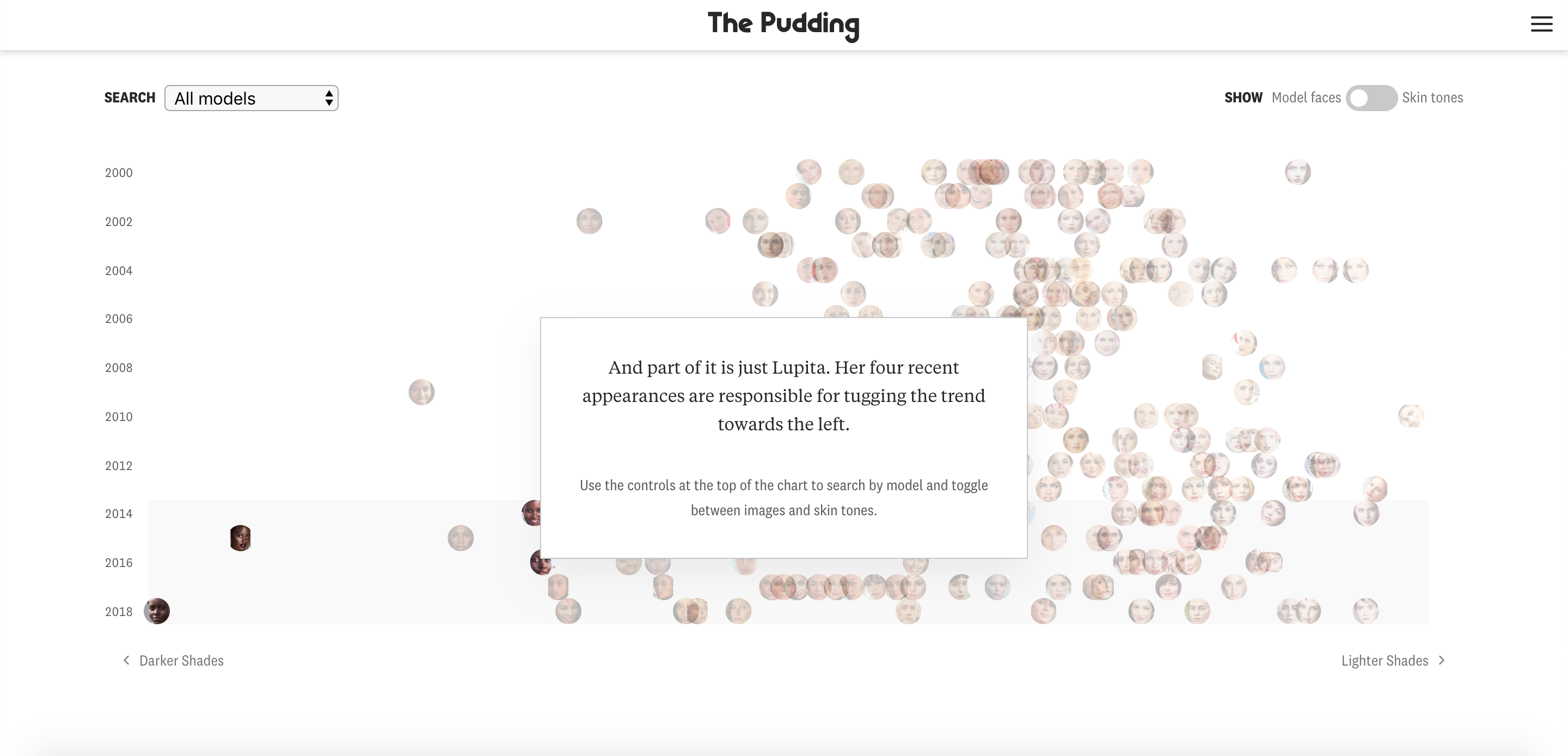
02 May MODEL BEHAVIOR: A BLACK EYE ON THE BLACK AESTHETIC?
Model behavior, role model, model citizen, supermodel. In any iteration, the word ‘model’ refers to a prototype—a blueprint, what we should aspire to do or, in this case of supermodels, look like. Imagine the confusion for white fashion enthusiasts, when in 1966 and 1974, Black supermodels Donyale Luna and Beverly Johnson graced the covers of British Vogue and American Vogue, respectively. For the first time since its 1892 inception had the cover of Vogue magazine highlighted Black women—light-skinned Black women. Simultaneously, a win for the diaspora and a subtle yet all too painful reminder of colorism and anti-Blackness.
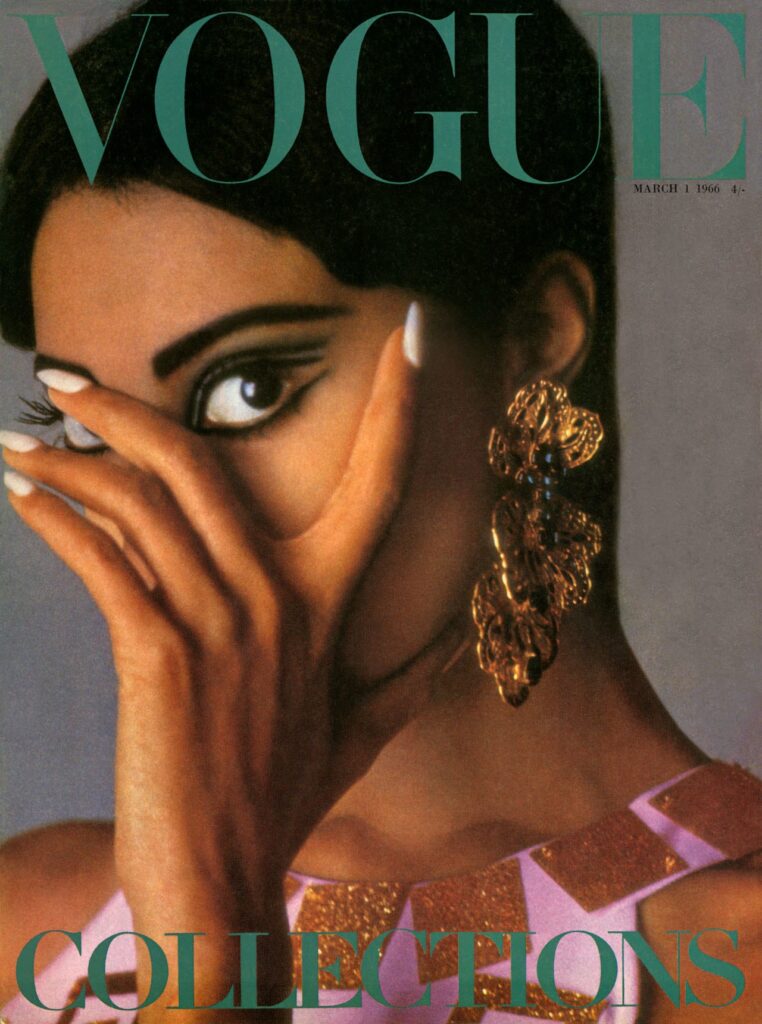
Up to that point only white women and other very fair skinned non-Black women were considered ‘beautiful enough’ to be featured on the front of the ‘Fashion Bible.’ And let us be perfectly clear, to be ‘beautiful’ meant to live up to a Eurocentric aesthetic that, by definition, excluded Black women. A set of full lips, a broad nose, hair that defied gravity and instead curled or coiled, and skin beaming with melanin was not what editors, recruiters, and photographers had in mind. But this too, was a lie. White people and whiteness have always been (and always will be) fascinated by the Black aesthetic.
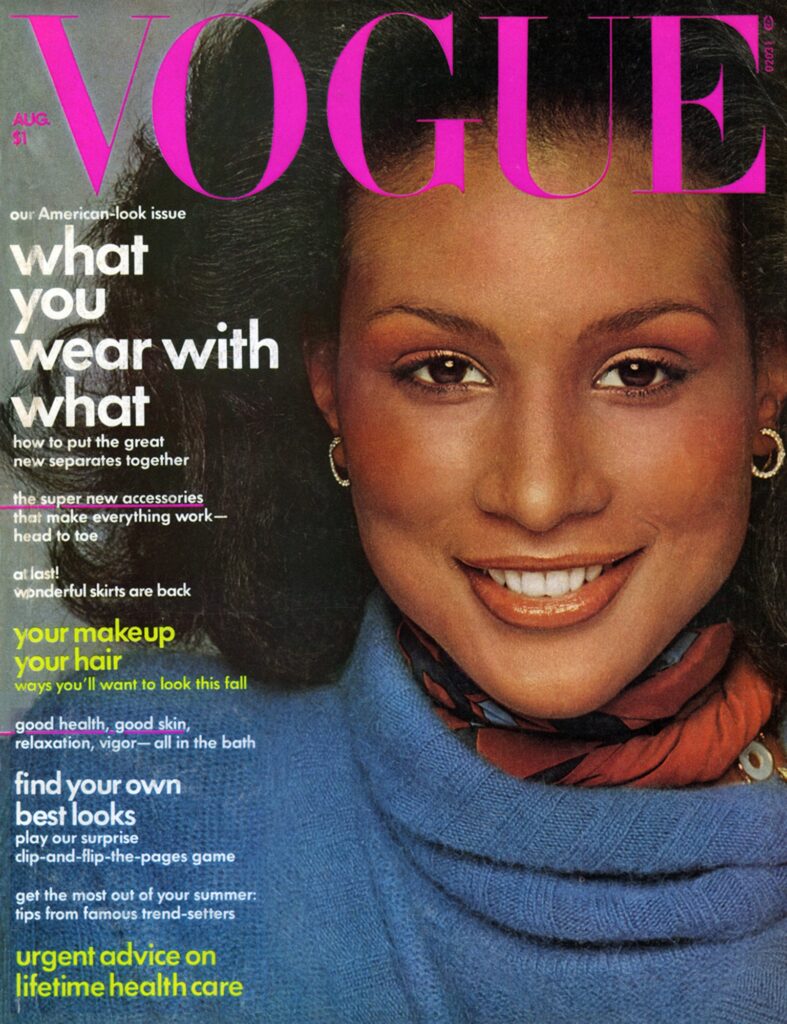
Historically, the obsession, however, has predominantly materialized in dangerous tropes and exoticizations of Blackness from colonization to present-day. For Luna and Johnson, this meant being written about as ‘things’ or exhibitions to be desired rather than people. Of Luna, one columnist wrote: “She is a creature of contrasts…One minute sophisticated, the next fawnlike, now exotic and faraway.” Another, recalling Johnson’s debut years later, shared: “Her body moves like a panther, her arms, the wings of an exotic bird.” Foreign, animals, not human, and yet, still more valued than dark-skinned Black women. And herein lies the conundrum, where Black “representation” too often also means dark skin exclusion.
The covers signaled a monumental shift, even if symbolic, that Black women were to be perceived ‘commercially beautiful’ beyond the confines of Ebony and other Black magazines. At the same time, the magazines also highlighted the stark reality and persistence of colorism that continues to this day. Both Luna and Johnson are mixed-race women and what would be considered light, or certainly lighter-skinned, in the Black community. The covers showed exactly what type of Blackness is ‘acceptable’ or palatable for the white gaze. Blackness that appeases whiteness. Why the decision to style Luna and Johnson’s hair to not show any curl patterns or textures? Why hide Luna’s nose and lips? Indeed, these could very well be the artistic choices of a brilliant photographer. They could also very feasibly be how depictions of Blackness have to be tapered, domesticated, and curated for white consumption. A dark-skinned model might have been too much too soon for a Western world whose only publicly valued white features.
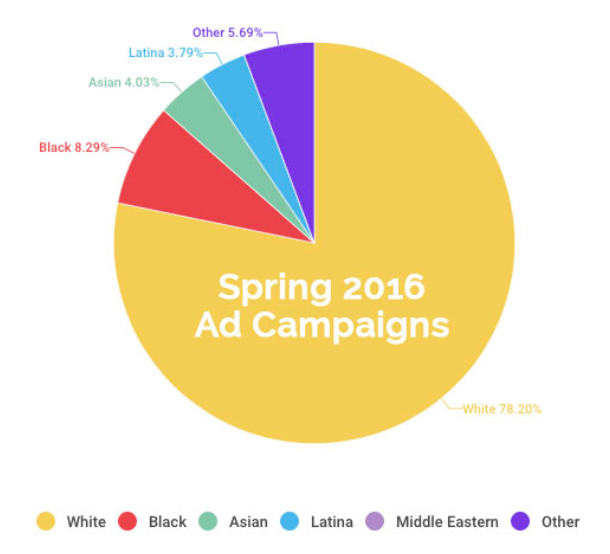
Today, non-white women in general and dark-skinned Black models in particular have a difficult time finding work. By way of comparison, a recent study found that 78% of all fashion adverts in spring 2016 were white. That reality is worse in the UK .A study published in the Guardian recently revealed that only 9% of magazine covers released in 2017 in the UK featured non-white people at all. In both cases, dark-skinned Black models, both in the US and UK are routinely overlooked in favor of those who are ‘ambiguous’ and ‘mixed-looking.’
Those who are hired face even more challenges. Some report having been recruited and later turned away because stylists could not do their hair or match their skin for make-up. We can and should celebrate icons like Lupita Nyong’o who are pushing the envelope disrupting white aesthetics with her deep brown skin and coily versatile hair. But we must do so cautiously. It was only September ’18 when Vogue Magazine had their very first Black cover photographer, an amazing feat in and of itself—the cover however, was of Beyonce, light-skinned and famously known for wearing straight blond hair. And so, we continue to take our ‘representative’ victories with a grain of salt.
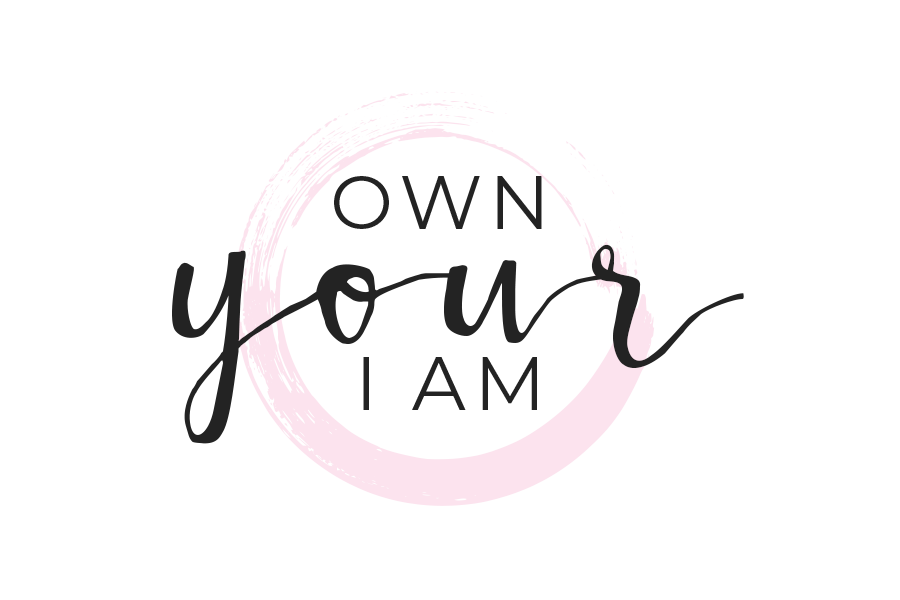
Summer Jo.
Posted at 16:40h, 03 MayGreat research. I’ve even noticed how white women were glorified for their “exotic” features: full lips, broad nose, and textured hair, over Black women. I stayed away from the modeling industry for years because I couldn’t submit to the “she’s pretty for a Black girl”, “you need a perm”, or simply being compared as if I wasn’t enough. Thankfully, although we have a long way to go, we have more women of color who wear their skin and crown with Pride. Thankfully we have more public figures such as Miss Universe Zozibini Tunzi, Ari Lennox, Issa and Lupita who may not be “super models” but still role models helping our community of naturally kinky/coily/curly hair, Melanin poppin Queens Shine.
ownyouriam
Posted at 00:07h, 11 MayThis is so true! We have amazing representation in other areas now that fill in the gaps that the modeling industry misses a lot of the time.